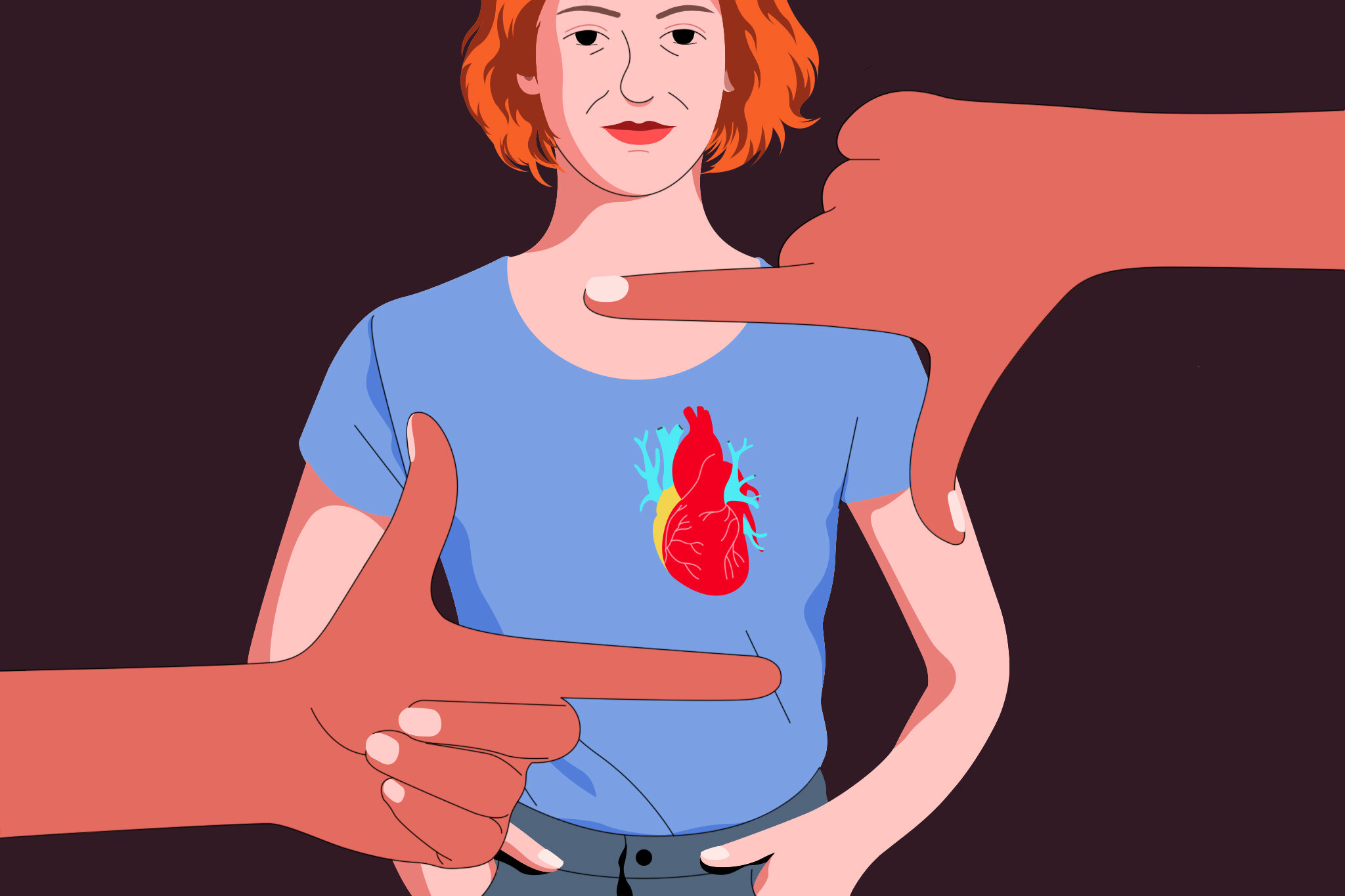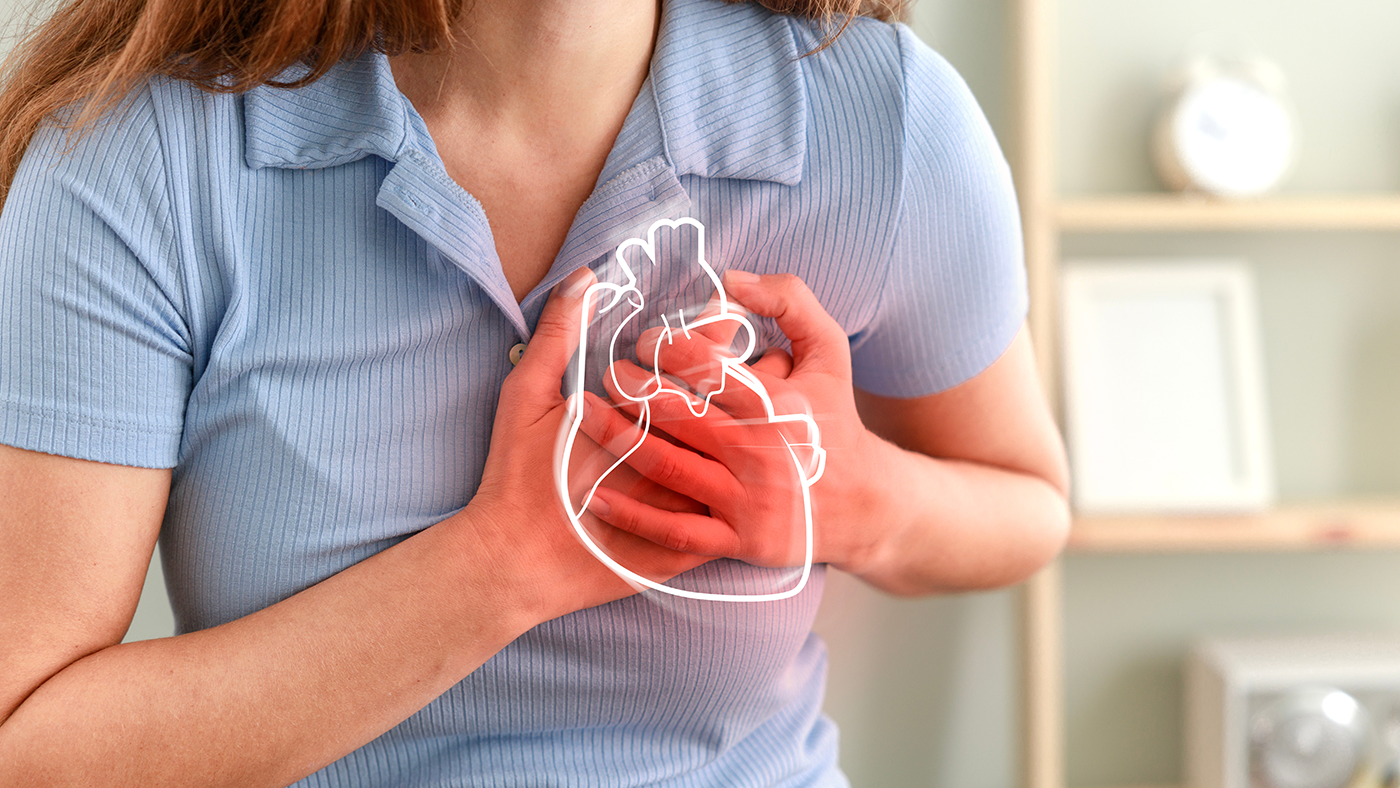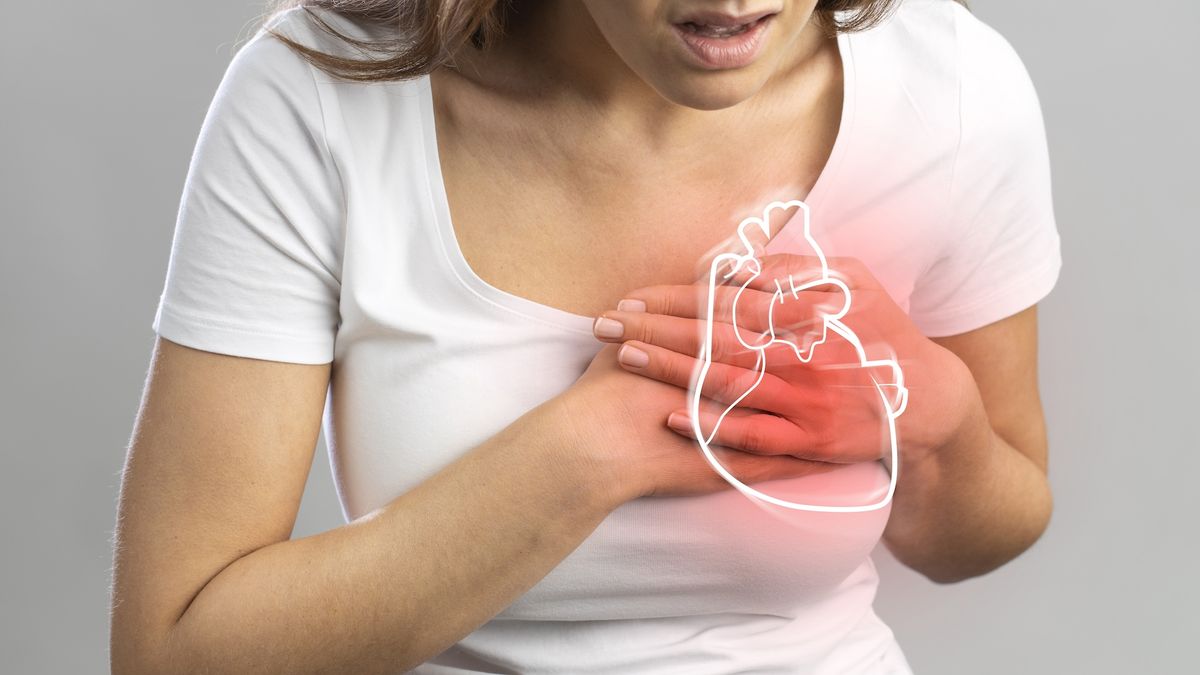Heart disease remains the leading cause of death among women in the United States, claiming more lives than all forms of cancer combined. Yet a staggering reality persists: fewer than 44 percent of women even think heart attacks can affect them. This dangerous misconception, combined with the subtle and often atypical symptoms women experience, creates a perfect storm for delayed diagnosis and treatment.
Unlike the dramatic, chest-clutching scenes portrayed in movies, women’s heart attack symptoms can be remarkably subtle and easily dismissed as stress, anxiety, or digestive issues. While chest pain remains the most common symptom for both sexes, women are significantly more likely to experience symptoms that seem unrelated to heart problems. These “atypical” symptoms often include nausea, unusual fatigue, jaw pain, and shortness of breath without chest discomfort.
The consequences of this symptom disparity are severe. Women tend to wait longer before seeking medical care, leading to less favorable outcomes. Research reveals that 42 percent of women who have heart attacks die within one year, compared to only 24 percent of men. Additionally, women are more likely to experience silent heart attacks that go unrecognized, with females over 65 facing higher mortality rates from these undetected cardiac events.
Understanding these gender-specific differences isn’t just about medical awareness—it’s about saving lives. Women’s hearts aren’t simply smaller versions of men’s hearts; they have different vessel structures, disease patterns, and symptom presentations that require specialized recognition and treatment approaches.
Understanding Why Women’s Heart Disease Symptoms Differ

The fundamental differences in how heart disease manifests in women stem from complex biological and physiological factors that extend far beyond heart size. Women’s cardiovascular systems operate differently due to genetic, epigenetic, and sex hormone-mediated influences that remain incompletely understood by medical science.
Structural and Vascular Differences
Women’s coronary arteries are typically smaller in caliber than men’s, and the causes of heart attacks can differ significantly between genders. A cardiac angiogram might not reveal significant blockages in women, leading healthcare providers to mistakenly attribute symptoms to anxiety rather than recognizing a serious cardiovascular event. This diagnostic challenge contributes to the underdiagnosis of heart disease in women.
Hormonal Influences
Hormonal fluctuations throughout a woman’s life significantly impact cardiovascular health. Estrogen provides some protective effects during reproductive years, but this protection diminishes after menopause when heart disease risk increases substantially. Pregnancy-related complications such as pre-eclampsia and gestational diabetes also raise long-term cardiovascular risk.
Disease Pattern Variations
Women are more prone to conditions like coronary microvascular disease, which affects the heart’s smaller arteries and may not appear on standard diagnostic tests. They’re also more likely to experience spontaneous coronary artery dissection and stress-induced cardiomyopathy (Takotsubo Syndrome). These unique disease patterns require different diagnostic approaches and treatment strategies.
Recognizing Heart Attack Symptoms in Women
Women’s heart attack symptoms often develop gradually and can be easily mistaken for other conditions, making early recognition crucial for survival and recovery.
Classic Symptoms That May Present Differently
While chest pain remains the most common heart attack symptom, women often describe it as pressure, tightness, or burning rather than the crushing pain typically associated with cardiac events. This chest discomfort may be transient, coming and going rather than persisting continuously.
Atypical Symptoms More Common in Women
Women are significantly more likely to experience heart attack symptoms that don’t involve chest pain:
-
Extreme fatigue that feels like coming down with the flu, and may develop days or weeks before other symptoms
-
Neck, jaw, and throat pain often occurs without any chest discomfort
-
Upper back pain with burning, tingling, or pressure-like sensations
-
Nausea and vomiting that can be mistaken for digestive issues
-
Shortness of breath may occur even without chest pain
-
Lightheadedness and dizziness indicate the heart isn’t pumping blood effectively
-
Unexplained sweating, particularly sudden cold sweats
Pain Radiation Patterns
Women commonly experience pain that radiates to areas beyond the classic left arm, including both arms, shoulders, upper back, neck, jaw, and upper abdomen. This pain may feel like indigestion or heartburn, leading to dangerous delays in seeking treatment.
Early Warning Signs and Subtle Indicators

Many women experience prodromal symptoms—early warning signs that can occur hours, weeks, or even months before a heart attack. Recognizing these subtle indicators can be lifesaving.
Persistent Unusual Fatigue
The most common early warning sign is unusual fatigue that can’t be explained by normal activities or lack of sleep. This isn’t ordinary tiredness but rather an overwhelming exhaustion that interferes with daily activities.
Sleep and Breathing Changes
Difficulty breathing when lying flat may indicate fluid accumulation in the lungs, a sign of heart failure. Sleep disorders, including snoring and sleep apnea, increase stress on the heart and raise cardiovascular risk.
Physical Signs Often Overlooked
Several physical indicators are frequently dismissed but may signal heart problems:
-
Swollen ankles or legs indicating potential heart failure
-
Leg pain during activity is often a sign of peripheral artery disease
-
Fatty deposits around the eyes (xanthelasmas) indicate high cholesterol
Risk Factors Unique to Women
Women face specific risk factors that don’t affect men or impact women more severely than men.
Reproductive Health Factors
Pregnancy complications significantly increase long-term cardiovascular risk. Pre-eclampsia, gestational diabetes, and pregnancy-induced hypertension all raise the likelihood of developing heart disease later in life. Menopause brings additional risks as protective estrogen levels decline.
Autoimmune and Inflammatory Conditions
Women are more susceptible to autoimmune diseases like lupus and rheumatoid arthritis, which increase cardiovascular risk through chronic inflammation. These conditions can accelerate atherosclerosis and increase heart attack risk.
Psychosocial Factors
Depression, anxiety, and chronic stress affect women’s heart health more significantly than men’s. Women are also more likely to experience heart symptoms during times of emotional stress, and their chest pain may be triggered by mental rather than physical stress.
When to Seek Emergency Care

Recognizing when symptoms require immediate medical attention can mean the difference between life and death. Women should call 911 immediately if they experience any combination of the following symptoms:
-
Chest pressure, pain, or discomfort lasting more than a few minutes or recurring
-
Shortness of breath with or without chest discomfort
-
Pain in the arms, back, neck, jaw, or stomach
-
Sudden nausea, vomiting, or lightheadedness
-
Unexplained cold sweats
-
Unusual or extreme fatigue
The Importance of Self-Advocacy
Women experiencing potential heart attack symptoms should not hesitate to advocate for themselves in medical settings. If symptoms feel unusual or concerning, women should explicitly state “I think I’m having a heart attack” to ensure proper evaluation. This direct communication can expedite critical diagnostic tests like EKGs and blood work.
Prevention and Heart Health Management
While recognizing symptoms is crucial, prevention remains the best strategy for protecting women’s heart health.
Regular Health Monitoring
Women should begin cardiovascular screenings as early as age 20, with frequency adjusted based on personal and family medical history. Regular monitoring of blood pressure, cholesterol levels, and blood sugar provides early warning of developing problems.
Lifestyle Modifications
Heart-healthy lifestyle choices significantly reduce cardiovascular risk:
-
Regular physical activity appropriate for individual fitness levels
-
A balanced diet rich in fruits, vegetables, whole grains, and lean proteins
-
Stress management through relaxation techniques, exercise, or counseling
-
Avoiding tobacco use and limiting alcohol consumption
Medical Partnership
Building a strong relationship with healthcare providers who understand women’s unique cardiovascular risks is essential. Women should discuss their individual risk factors, including reproductive history, family history, and any concerning symptoms, even if they seem minor.
Understanding that women’s heart disease symptoms differ significantly from men’s is the first step toward better outcomes. By recognizing these differences, advocating for proper care, and taking preventive measures, women can protect themselves against the leading cause of death in their gender. The key lies in awareness, early recognition, and prompt action when symptoms occur.

